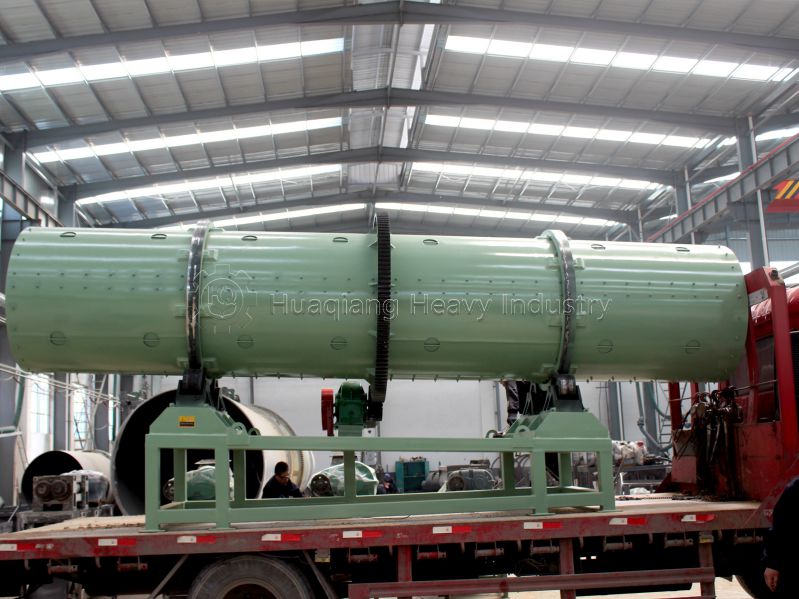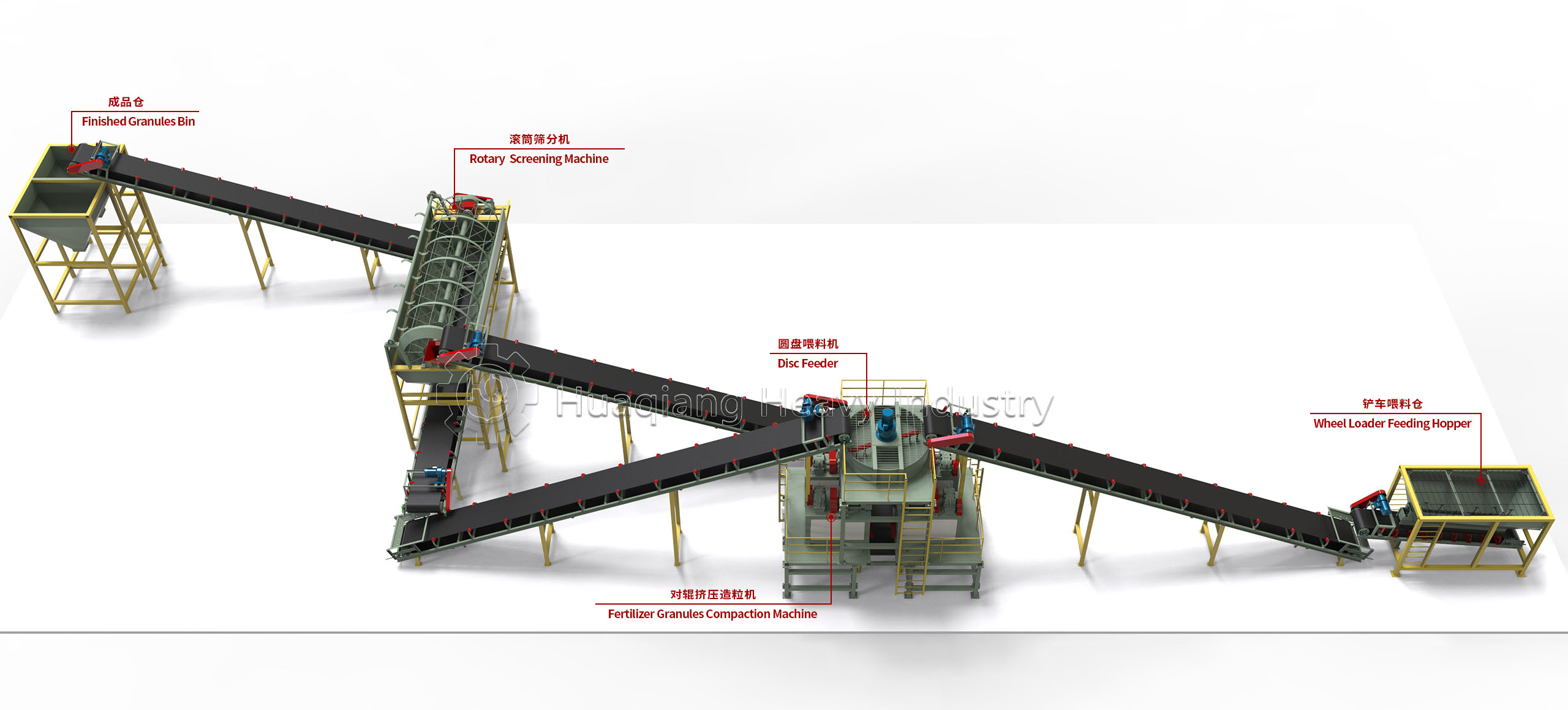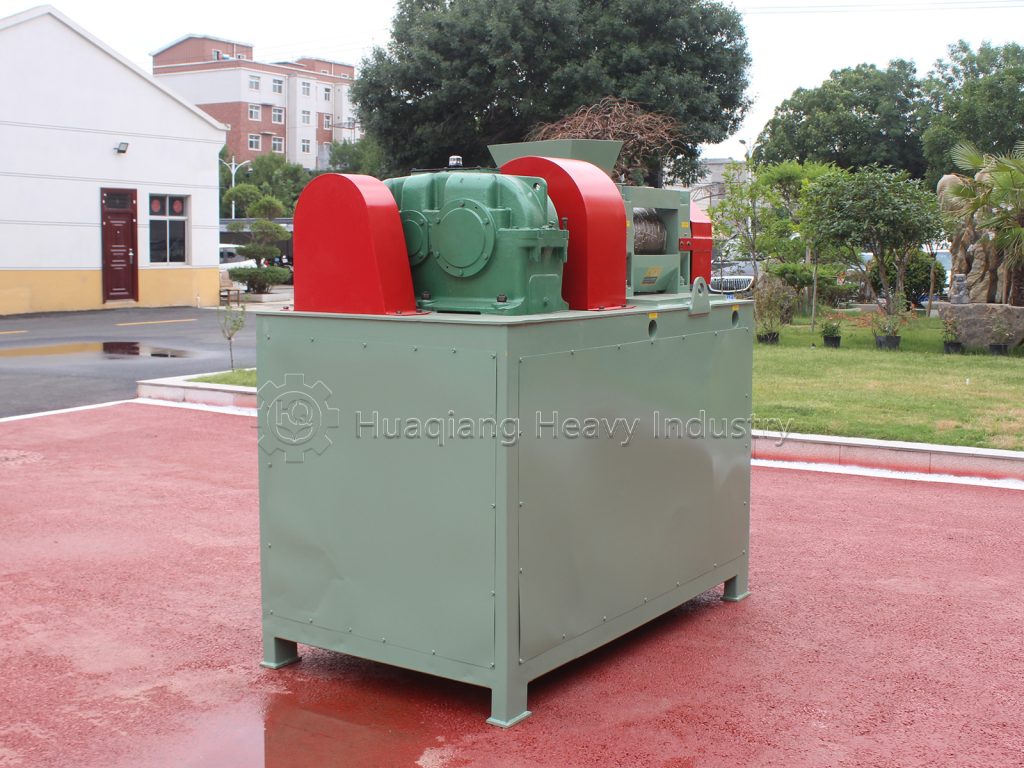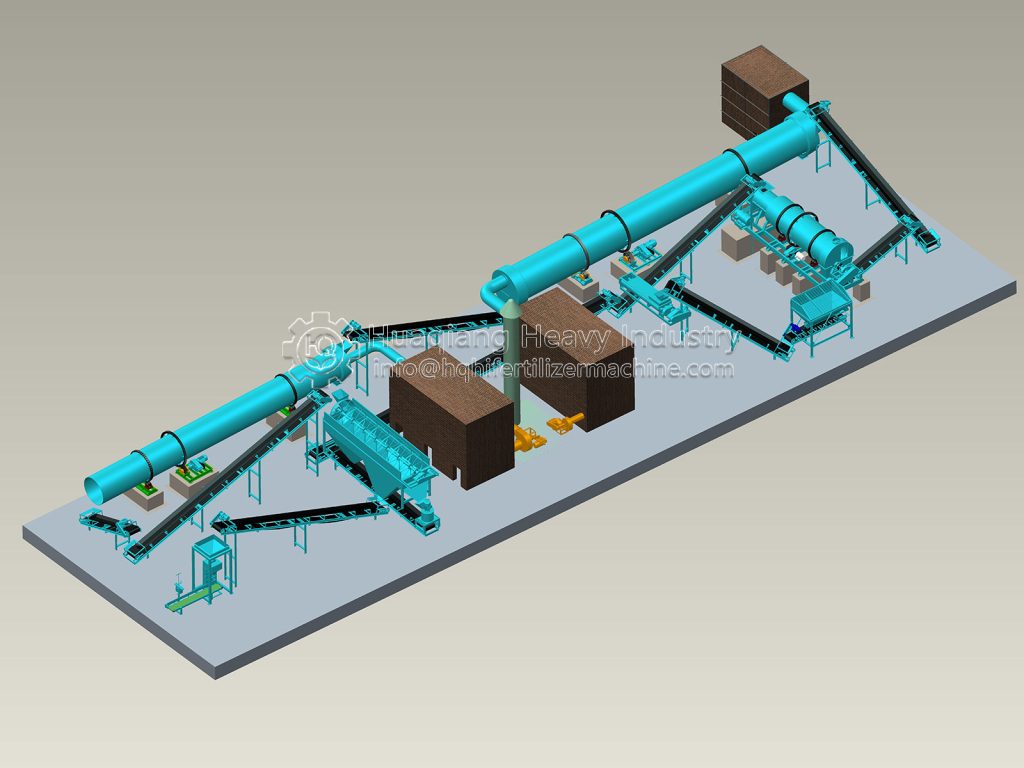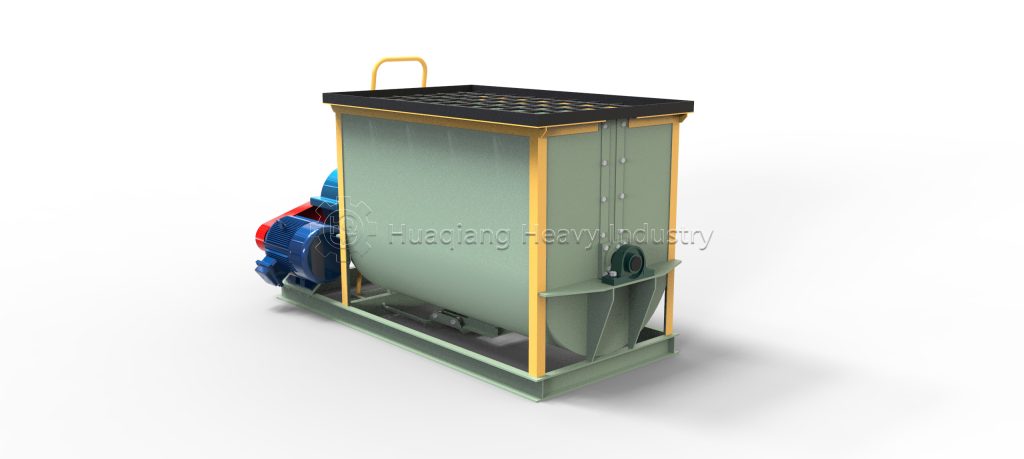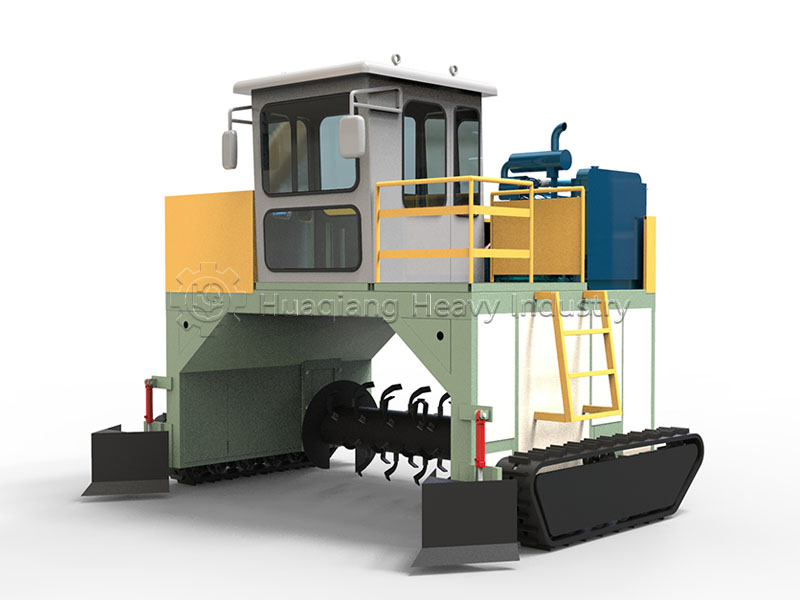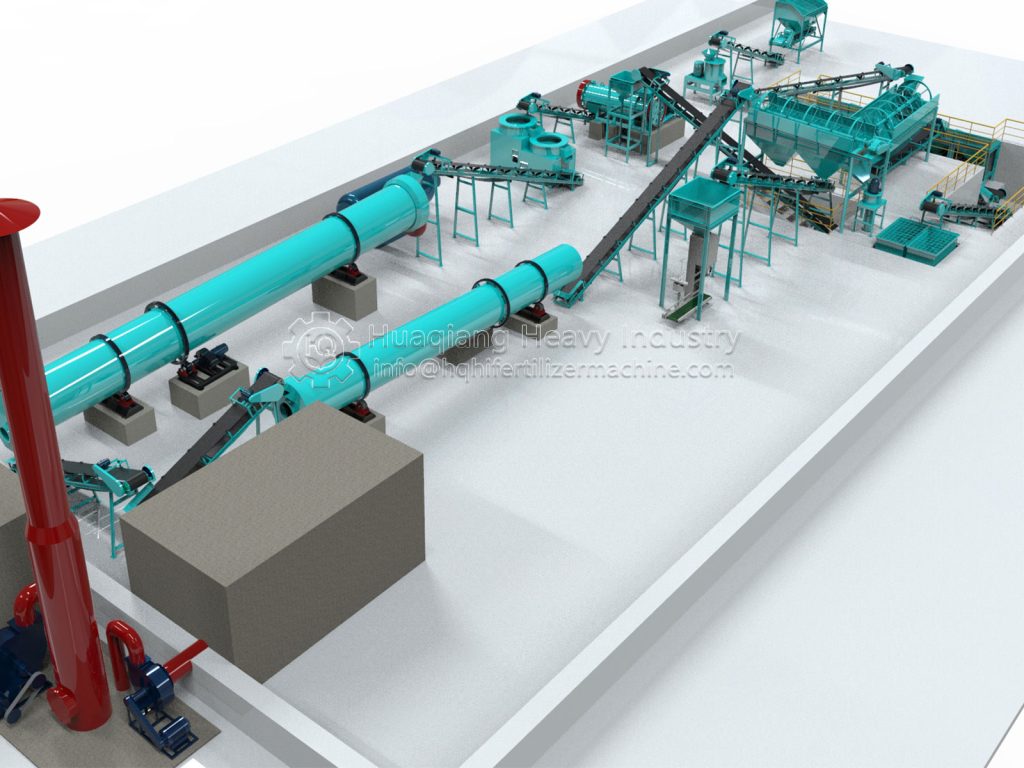The Industrial Giant of Efficient Production
In modern NPK fertilizer production technology, the rotary drum granulator stands as an industrial cornerstone. This essential NPK fertilizer granulator operates continuously, enabling single-unit production capacities reaching several tons per hour—perfectly meeting large-scale industrial demands. While other granulation equipment remains in trial phases, the advanced NPK production line with its rotary granulator already delivers stable, high-volume output. The efficiency of this NPK production process ensures consistent quality fertilizer production at commercial scale, revolutionizing agricultural productivity.
High-Capacity Production
Capable of producing several tons per hour to meet industrial-scale demands
Continuous Operation
Designed for non-stop production with minimal downtime
Consistent Quality
Ensures uniform granule size and nutrient distribution

The Artisan Crafting Perfect Granules
This remarkable equipment is not just a production tool but resembles a perfection-seeking artisan. It can produce high-quality granules with sphericity exceeding 80%, with surfaces as smooth and rounded as pebbles, and uniformity that inspires awe. This near-perfect granular morphology gives the fertilizer excellent flowability, with almost no breakage or caking during storage and transportation, significantly enhancing the product’s commercial value.
The Versatile Material Magician
The most amazing feature of the rotary drum granulator is its extraordinary ability to handle various raw materials. Whether inorganic compounds, organic substances, or complex mixtures of both, this equipment can handle the granulation task with ease. Even those “stubborn” materials that leave other equipment helpless can be tamed by the rotary drum granulator with the addition of appropriate binders, transforming waste into treasure.
The User-Friendly Industrial Partner
Unlike complex modern equipment, the rotary drum granulator maintains a delightfully simple design. Its intuitive operation allows technicians to quickly get started, with precise control over the entire granulation process achieved by adjusting just a few key parameters: rotation speed, tilt angle, and binder dosage. This philosophy of “simple but not crude” design makes it the most reliable industrial partner for fertilizer plants.
The Rock-Solid Production Guarantee
In terms of stability, the rotary drum granulator demonstrates reliability rarely seen in industrial equipment. Its carefully designed transmission system and support structure enable long-term continuous operation with astonishingly low failure rates. On production lines running day and night, it stands like a tireless iron warrior, silently guarding the quality and efficiency of fertilizer production.


